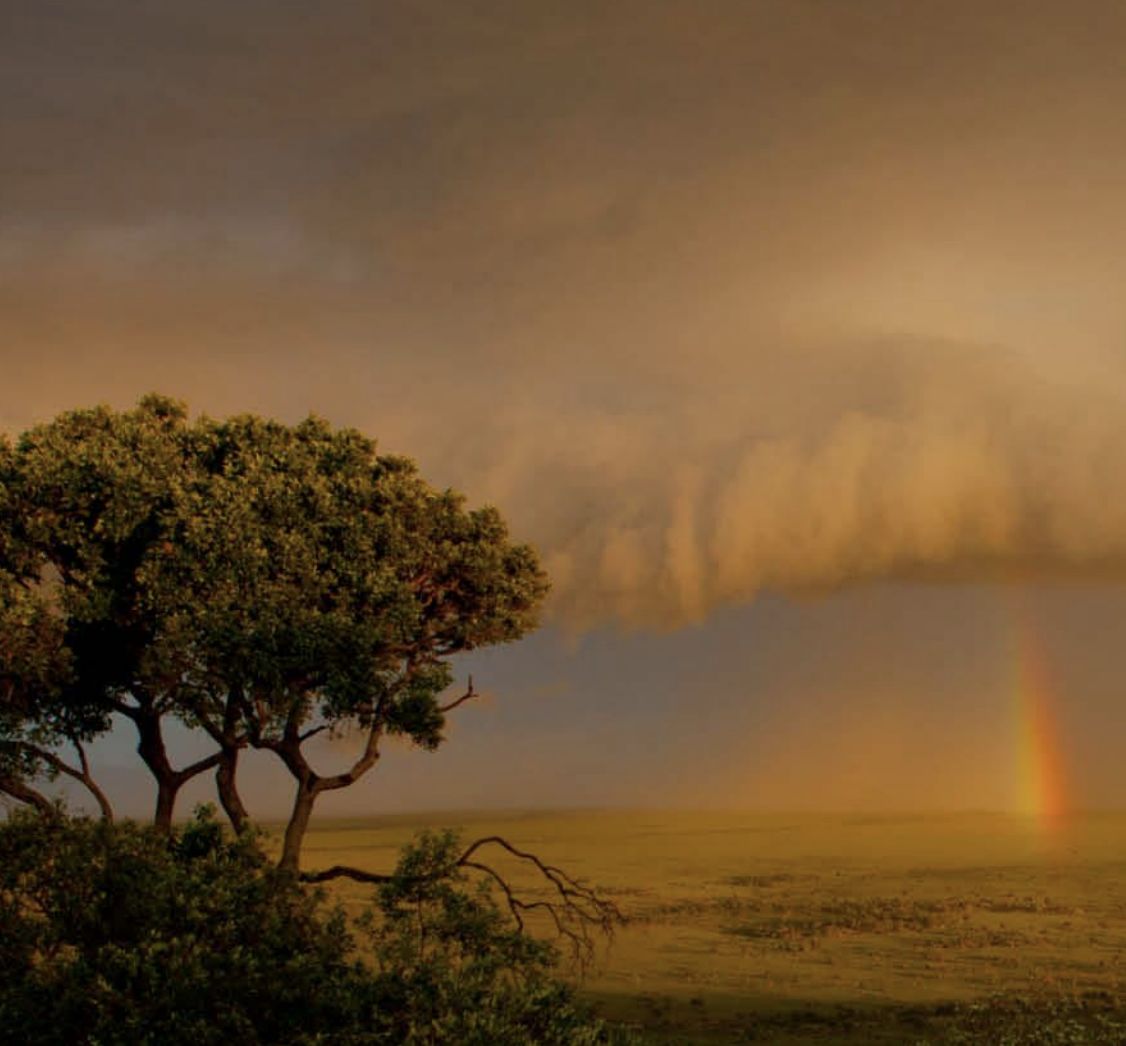
2020 will be a pivotal moment for the future of our world. During that year the challenges of climate change, the health of our natural world and sustainable development will take centre stage, as world leaders meet to take critical decisions under the auspices of the Convention on Biological Diversity (CBD), the Paris Agreement under […]
2020 will be a pivotal moment for the future of our world. During that year the challenges of climate change, the health of our natural world and sustainable development will take centre stage, as world leaders meet to take critical decisions under the auspices of the Convention on Biological Diversity (CBD), the Paris Agreement under the UNFCCC and the UN’s Sustainable Development Goals (SDGs) agreed in the 2030 Agenda for Sustainable Development.
All three areas are utterly fundamental for our future and intrinsically linked. To achieve the interconnected 2030 Agenda and its 17 SDGs, we must acknowledge that all of the SDGs (but especially SDG 6 – water, SDG 13 – climate change, SDG 14 – life in water, SDG15 – life on land) are related to nature and biodiversity. None of the SDGs can be achieved if we fail to deliver on their environmental targets. Climate change also impacts on humankind and other species alike; the recent IPCC Special report on 1.5º of global warming states that “global warming of 1.5ºC is projected to shift the ranges of many marine species to higher latitudes as well as increase the amount of damage to many ecosystems”. On land, “of 105, 000 species studied, 6% of insects, 8% of plants and 4% of vertebrates are projected to lose over half of their climatically determined geographic range”
Our species is on the brink of triggering a mass extinction event, the sixth in the Earth’s long history. Global populations of wild animals have more than halved over the last 40 years, and ecosystems have been devastated by the pursuit of development. The climate, too, is on a knife-edge. Without complementary and coordinated action across climate, development and nature at once it will not be possible to achieve success in any of them. In rising to these challenges, however, the biggest mistake would be to treat them as three separate problems that require three separate sets of solutions.
In 2020, countries have the chance to choose a better, integrated approach for international agreements and national commitments on climate, biodiversity and development. Addressing each of these areas in isolation would be failing to recognise how inter-related the challenges and potential solutions are. In particular, an integrated approach to climate, nature and development should be reflected at key moments in 2020; when the post-2020 biodiversity framework will be agreed at the CBD COP 15 in Beijing, when Parties to the Paris Agreement will update and enhance their Nationally Determined Contributions (NDCs) and when Governments agree on how to get new targets for the environmental SDGs, which currently have 2020 timeframes.
Fortunately there are signs that a trend to align international instruments on climate, nature and development is emerging. To explore how this alignment can be sped up and improved, based on the strengths of various international instruments, this paper builds on existing studies of the synergies between the SDGs and NDCs and of the SDGs and the Paris Agreement. It analyses the degree of alignment and integration of biodiversity concerns in the current Nationally Determined Contributions (NDCs) of 100 countries around the world. This informs a set of recommendations on how improved integrated implementation across international instruments can be realised, at international as well as national level. Optimising synergies is critical to make the best use of scarce resources, promote efficiencies in actions, and increase information sharing to deliver effective, integrated outcomes.